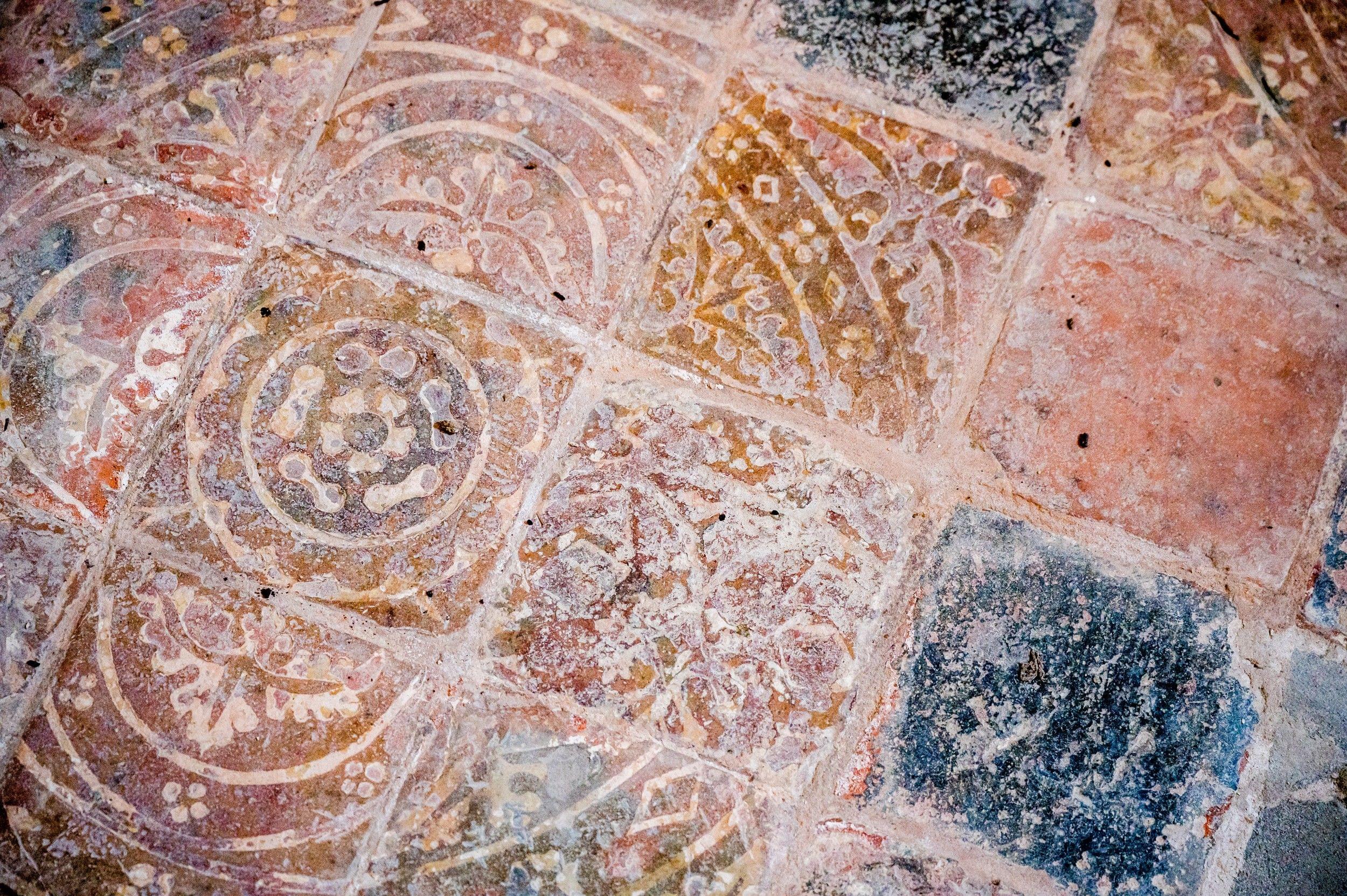Church of the Holy and Undivided Trinity
Magheralin, County Down

Presbyterians have worshipped together in Waringstown since 1846, our current church building was built and opened in 1853.
Waringstown, County Down
The distinctive building, with its two ornate towers, was designed by the famous architect Charles Lanyon, who designed some of Ulster’s most iconic buildings, including the main building of Queen’s University Belfast.
We are preparing to embark upon a major building project, which will give us greater capacity at Sunday worship, improved facilities to reach out to the surrounding community, and enable us to be a relevant, vibrant worshipping community for the 21st century.

Magheralin, County Down
Dromore, County Down
The church was built, destroyed and rebuilt in the 16th and 17th centuries and was seat to renowned bishops Thomas Percy and Jeremy Taylor in their time.
Portadown, County Armagh
St Mark's Portadown was consecrated as St Martin's in 1826, and renamed St Mark's in 1872.